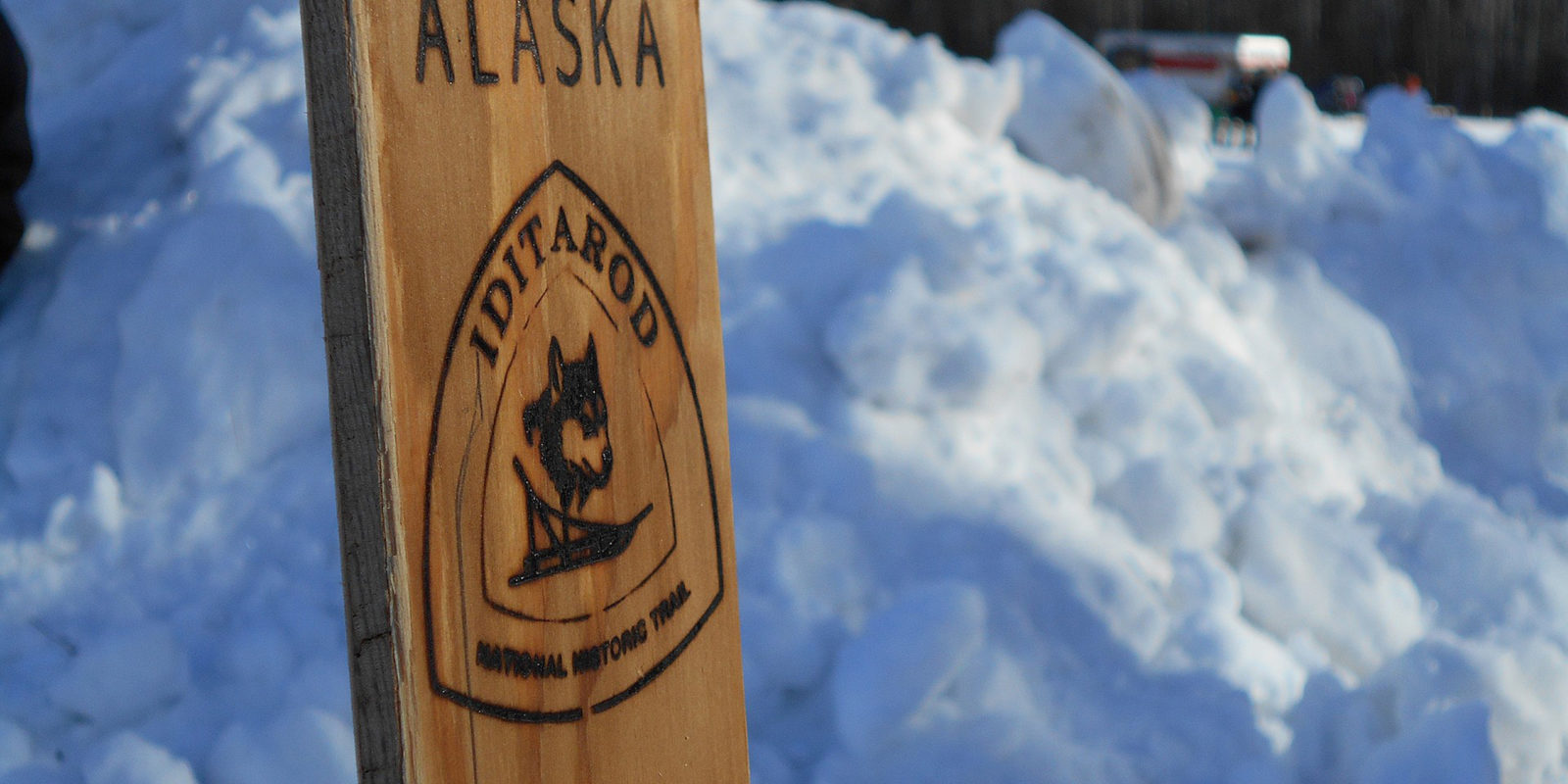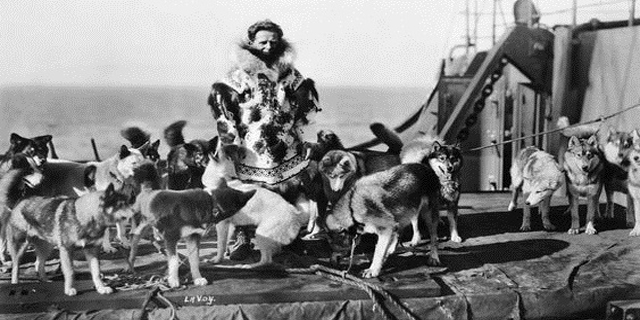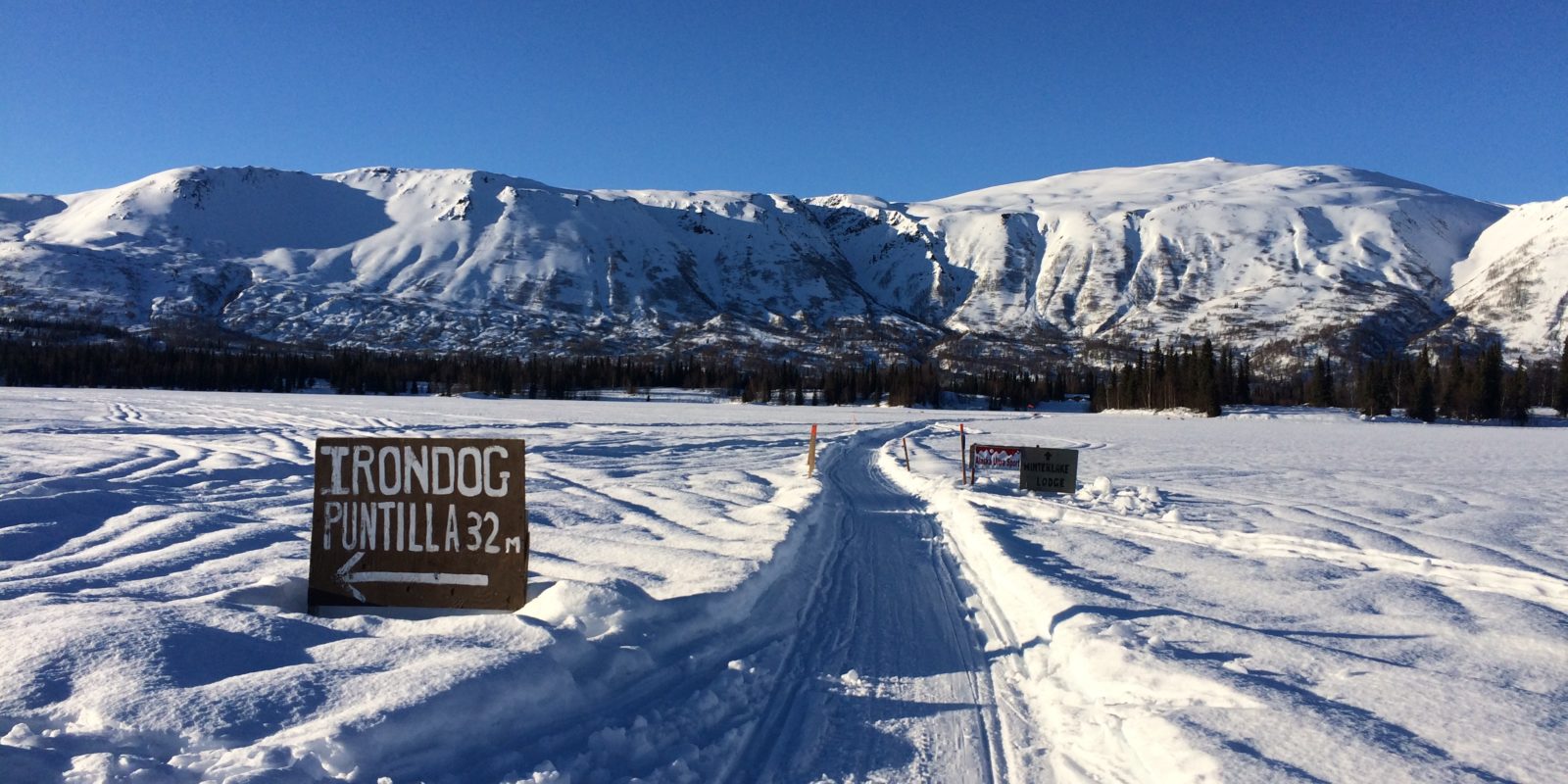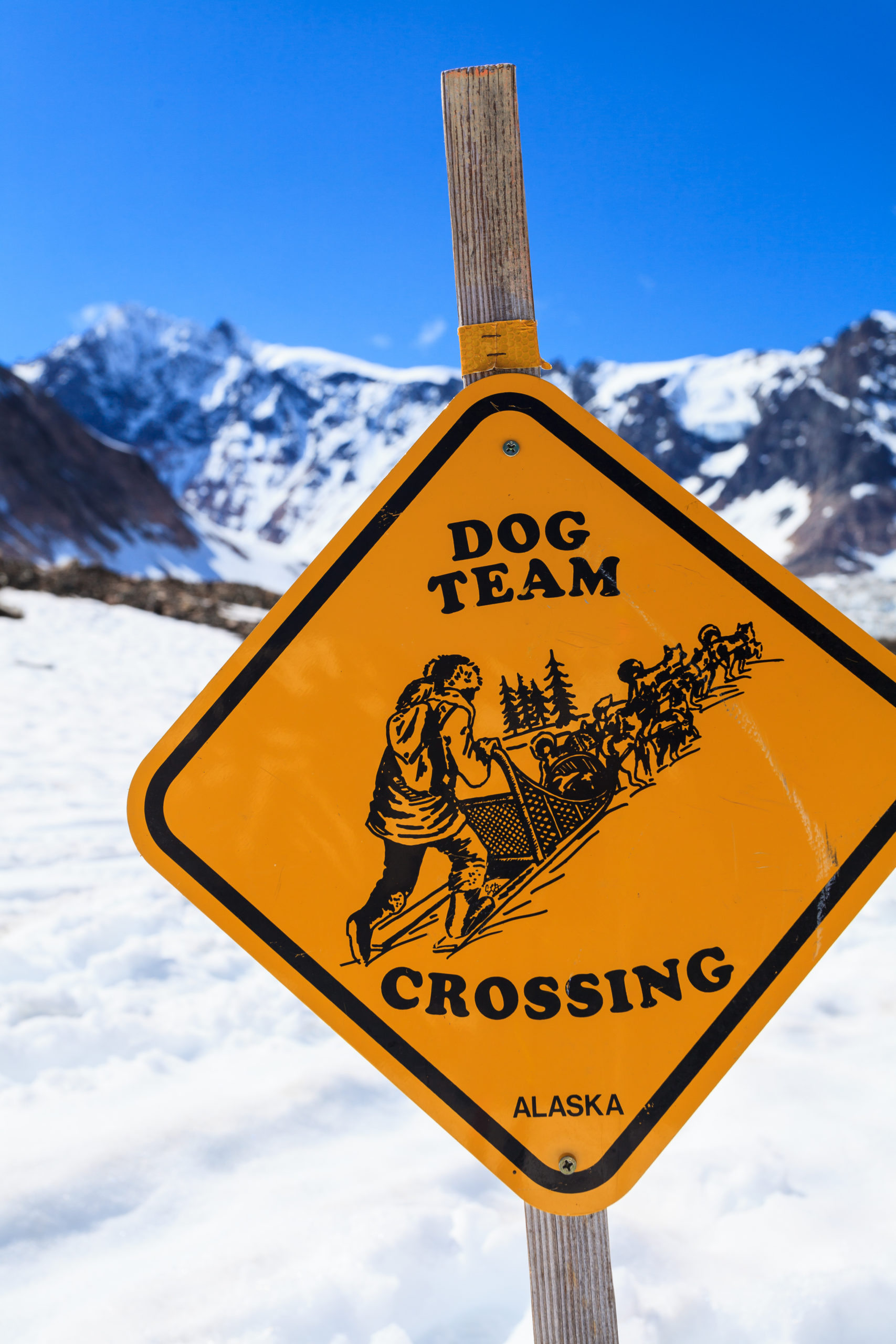
The year was 1925, and the small town of Nome, Alaska was enveloped in January’s harsh winter conditions. No one was traveling in or out of this 2,000 inhabitant town, which was supported solely by one doctor and four nurses.
As more and more children in the community fell ill, it became clear that something was wrong. What started as sore throats and tonsillitis quickly turned deadly, with diphtheria being the calamitous diagnosis. The hospital’s only diphtheria antitoxin was expired, and thus was unable to quell the fast-moving pandemic. The closest serum was over 1,000 miles away in the town of Anchorage, with no way to transport it safely due to the merciless weather conditions.
Nome’s physician Dr. Curtis Welch radioed for help, but to no avail. A two-team dogsled relay was proposed by local government officials. One would begin in Nenana and the other in Nome, meeting in Nulato. The fastest journey from Nulato to Nome was recorded at nine days, and the serum was estimated to have only six days of viability under the harsh conditions in which it was traveling. Award-winning Musher Leonhard Seppala was called upon, and chosen for the six hundred and thirty mile round trip from Nome to Nulato and back.
Anchorage Railroad Hospital had gotten word of the dire need in Nome, and immediately put 300,000 units of serum on a train to Nenana. While it wasn’t enough antitoxin to rid the epidemic, it could certainly buy the town of Nome some time until the larger shipment arrived.

Starting with U.S postal workers in Nenana, the relay included over twenty mushers and one hundred and fifty dogs battling some of the world’s harshest elements. Frostbite was a common occurrence, with temperatures dipping as low as -62 F. Hurricane-force winds flipped sleds, and derailed dogs. It’s estimated that at least seven dogs lost their lives along the way.
While Balto earned the most credit as the Siberian Husky who led the final 55 miles into Nome – the real hero of the race was Togo. At twelve years old, he was well beyond the average age to lead in a sled race. Alongside his musher Leonhard Seppala, Togo covered a record two hundred and sixty miles, most of which was in white-out blizzard conditions and some over the fracturing ice of Norton Sound. Togo would never be able to race again, his trek had been too debilitating for further adventures. That didn’t matter, because five and a half days after the relay began, it ended. The race successfully concluded at the front door of Dr. Curtis Welch’s home, at 5:30 in the morning. The serum was thawed by noon, and not a single vial was damaged in the perilous journey. All additional diphtheria cases diagnosed in 1926 were easily managed with the fresh supply of serum, and no further deaths were reported.

Preserving the Historic Iditarod
By 1973, the once-valued dog-sled culture was fading and being replaced by snowmobiles and advancing technology. In an effort to save sled-dog culture and preserve the treasured Iditarod Trail between Seward and Nome, the Iditarod Race was introduced. The route in actual fact is a reconstruction of the freight route to Nome, and pays homage to Alaska’s sled dogs and their contribution to Alaska’s settlement. Beginning in Anchorage, the route alternates between north and south depending on the year. The race is still as treacherous as it once was, but the mood of today is jubilant, proud and energetic. One thing hasn’t changed, and that’s the determination of dogs and mushers alike as they battle against the elements in The Last Great Race.

See the Iditarod Firsthand
Steeped in history, the Iditarod race is an experience not to be missed. Get a taste of the famous race, staying at an official check-point as well as cheering on the dogs and their mushers as they depart from Anchorage.
